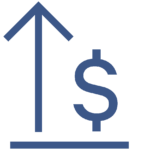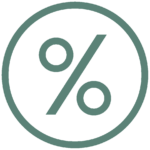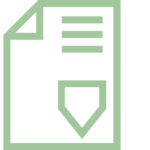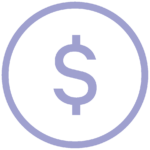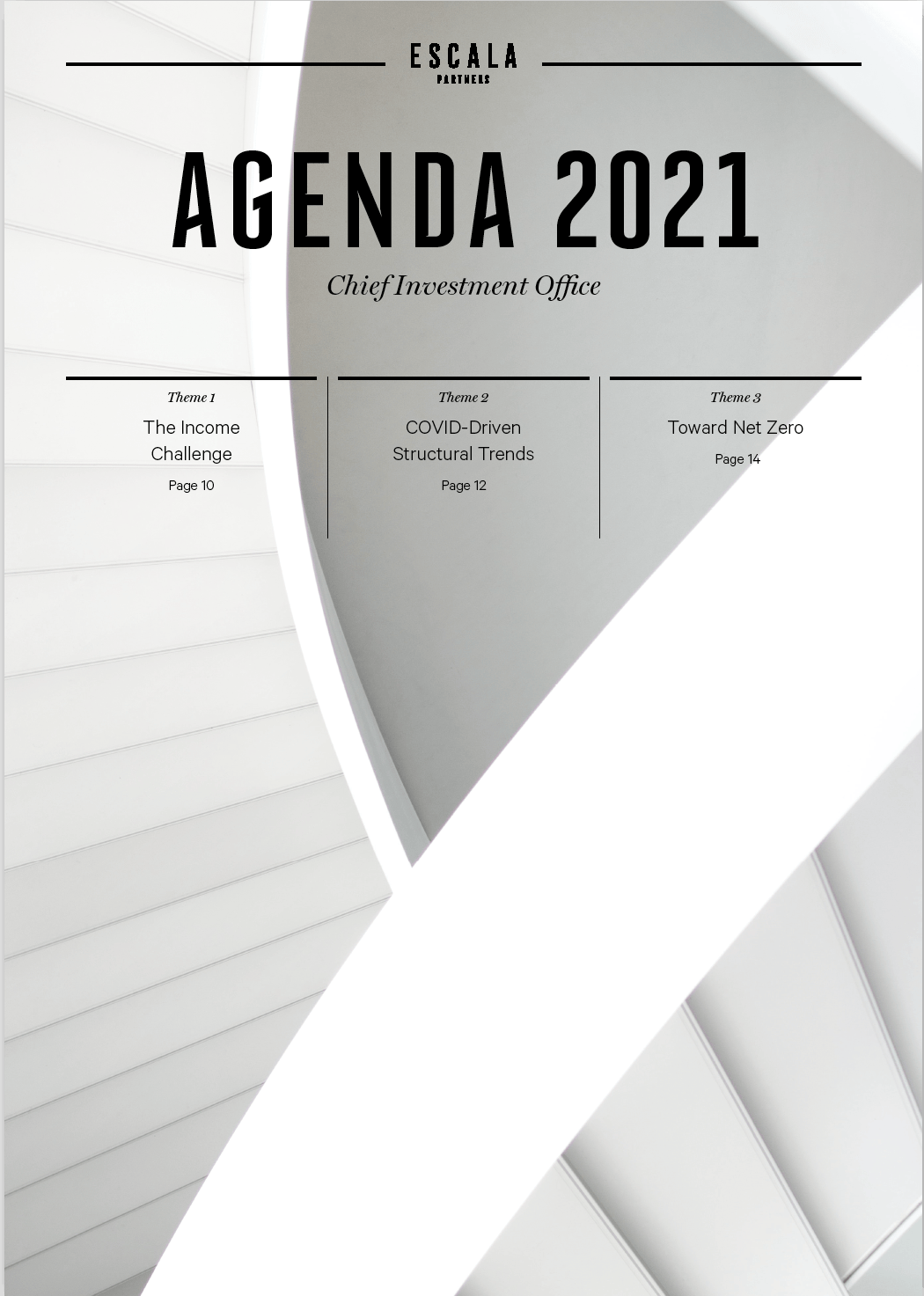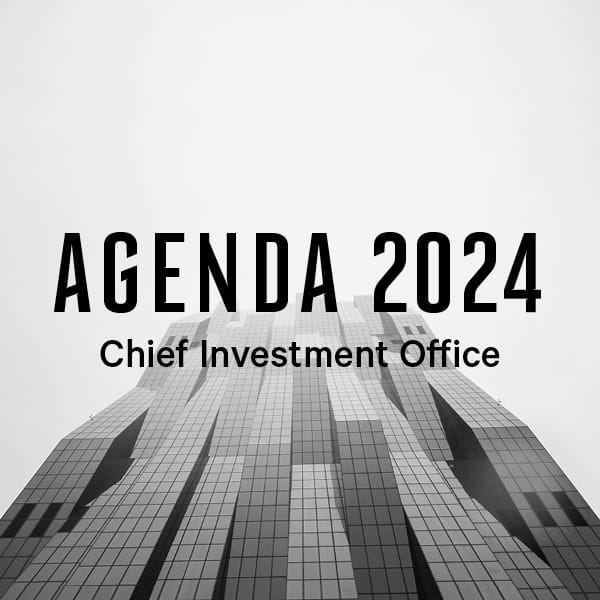-

Global Growth
The world will go from synchronised crisis in 2020 to synchronised recovery in 2021. Sizeable fiscal and monetary stimulus globally will feed into consumer and business investment spending in developed markets and support export-led growth in emerging market economies.
-

Inflation
Inflation pressures will remain contained in 2021 though with fiscal policy now pulling in the same direction as monetary policy, the upside risks to inflation are growing. We think this plays out more over the medium term. Key to keeping inflation contained is the policy response from authorities around the world to subjugate the business cycle and keep as much productive capacity alive as possible.
-

Interest Rates
Interest rates globally are at record lows and are expected to remain so for some time. Conventional monetary policy is all but exhausted with policy rates in no fewer than eighteen central banks cut to zero. Forward guidance from the major central banks suggests interest rates will remain low for several years to come.
-

Fiscal Policy
The pandemic recession has triggered the adoption of fiscal stimulus, particularly in developed markets where conventional monetary policy was all but exhausted. The fiscal tailwind is likely to ease in 2021 as economic growth becomes more self-sustaining.
-

Bond Yields
We see government bonds as universally expensive and offering little in the way of income or diversification. Low inflation and reflationary central banks should limit the rise in bond yields during the economic recovery in 2021. We have a more positive view on high-yield and investment-grade credit given the low default risk implied by central bank bond purchases.
-

Equities
The global economy is in the early recovery phase of the business cycle following the COVID-19 recession. This is an environment that usually favors equities over bonds. We like the value in emerging markets equities. China’s early exit from COVID-19 lockdowns and stimulus measures should benefit emerging markets more broadly.
-

Currencies
Given its counter-cyclical nature, we expect the U.S. dollar to weaken in 2021. The dollar typically rises during downturns and falls in the recovery phase. The main beneficiaries should be the economically sensitive commodity currencies – the Australian dollar, the New Zealand dollar and the Canadian dollar.
-

Alternatives
The lower for much longer environment, made more challenging by central bank crowding out the private sector in the bond market, is increasing the attractiveness of private markets for risk-adjusted returns. We particularly like private debt, private equity and unlisted infrastructure.

